The new Greyp G6 has the stuff to be a serious contender for the title of the most innovative eMTB of 2019. A lot of very trendy terms were dropped at the presentation of the Greyp G6 in the Croatian capital of Zagreb: blockchain, artificial intelligence, gamification of bikes, video live streaming, augmented reality: we’ve experienced that reality and had the privilege of reviewing the Greyp G6.
Before we get into the review of the new Greyp G6, we should take a closer look at the background of the Croatian newcomer. In this article, we’ll explain to you what the ridiculously fast hypercars from Rimac Automobili and Greyp Bikes have in common, and we’ll give you an insight into the future of eMTBs.
A new frontier and new players: tech-companies are changing the bike industry
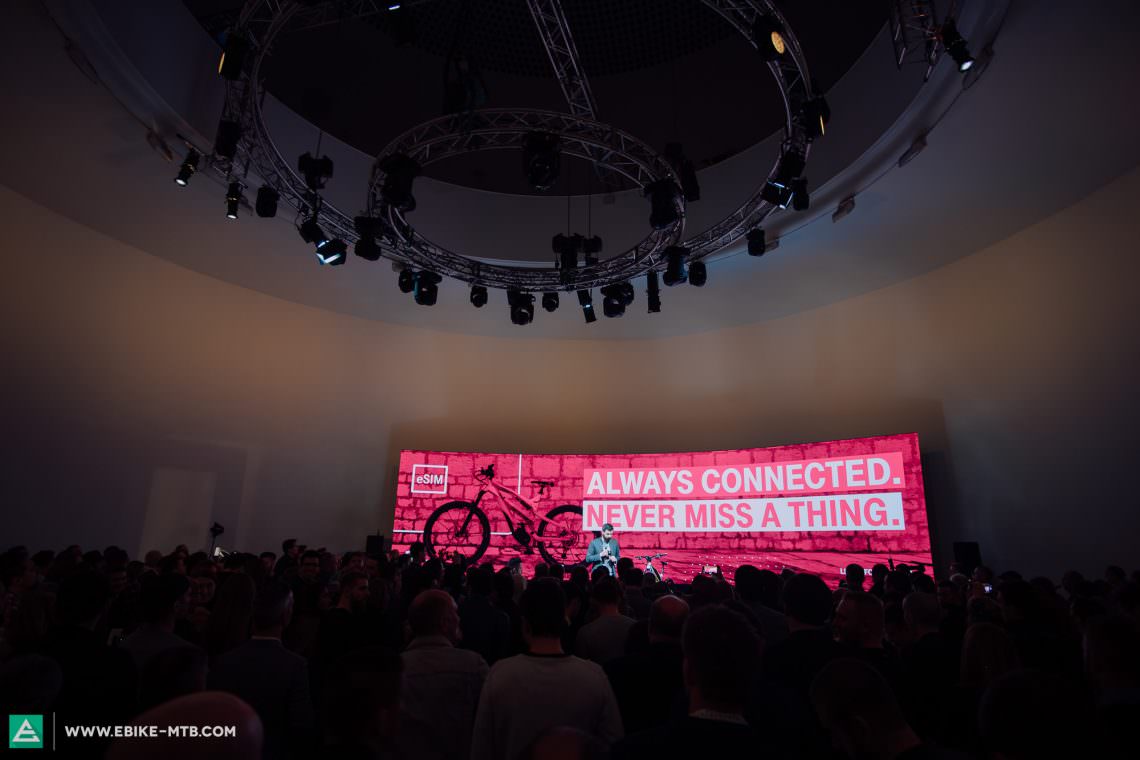
To be honest, we were a little sceptical when we received the invitation for the launch of the Greyp G6 eMTB. A Croatian eMTB brand? A brand that we’ve never heard of before? But Greyp Bikes seemed to be somehow related to Rimac Automobili, the hypercars of which are capable of leaving any Ferrari or Lamborghini in their dust, supplying software and electronics to car manufacturers like Jaguar, Porsche, Koenigsegg, and Aston Martin. After having done a little bit of research it became clear that this Launch event, hosted in the home town of the electronics pioneer Nikola Tesla, could be very interesting; Mate Rimac, founder and CEO of Rimac Automobili (and Greyp Bikes) is considered to be “the new Tesla”: what started in his garage in 2008 developed into a technological market leader in which several companies like Porsche have invested in, in a span of 10 years. Mate Rimac himself is only 30 years old and already has a team of 600 employees working beneath him.

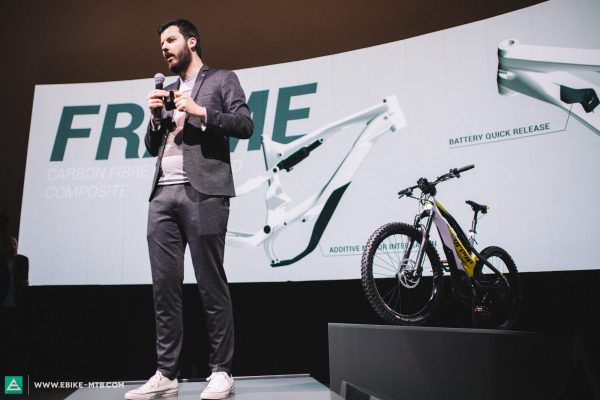
It’s not unusual for an automotive supplier to have that many employees – but we surprised when we heard how many people are employed by Greyp Bikes: 62, of which 30 employees are engineers and developers – an impressive quota that you’ll be hard pressed to find elsewhere in the bike industry! Interestingly, they’re predominantly electronics and software developers, and they’ve even got a blockchain manager!
Throughout the 3-day launch event, there was a palpable sense of ambition, professionalism and a clear vision. Besides general and special interest media representatives being present, the fact that Greyp had invited media representatives from the fashion, automobile and electronics industries showed how serious they are about shacking up the industry. Apart from a few other journalists from English speaking bike publications, we were the only eMTB specific journalist around. That alone shows how much the eMTB industry will evolve over the coming years: new players, new tech, new perspectives!
Factory tour: Croatia’s Rimac Automobili electronic revolution
To understand Greyp Bikes, you first have to understand Rimac Automobili. And that’s exactly what we tried to do at the Rimac and Greyp company headquarters in Sveta Nedelja, which is ironic since that translates into holy Sunday and going by their output and what the development manager says, the 250 engineers at work here, don’t stop tinkering and designing on the weekends either.

As we drove onto the factory grounds, we felt like we were entering a construction site; they’re busy preparing a new parking lot and the factory halls seem a little temporary – as the CEO Mate Rimac (pronounced Rimaz) welcomed us, he warned us ahead of time: for the next two years their team is going to have to make do with what they have, the factory is already beyond capacity and they’ve got new employees joining them every week. They’re in the planning stages of a campus including a hotel with restaurants, apartments and of course offices and test routes to accommodate around 2000 employees.
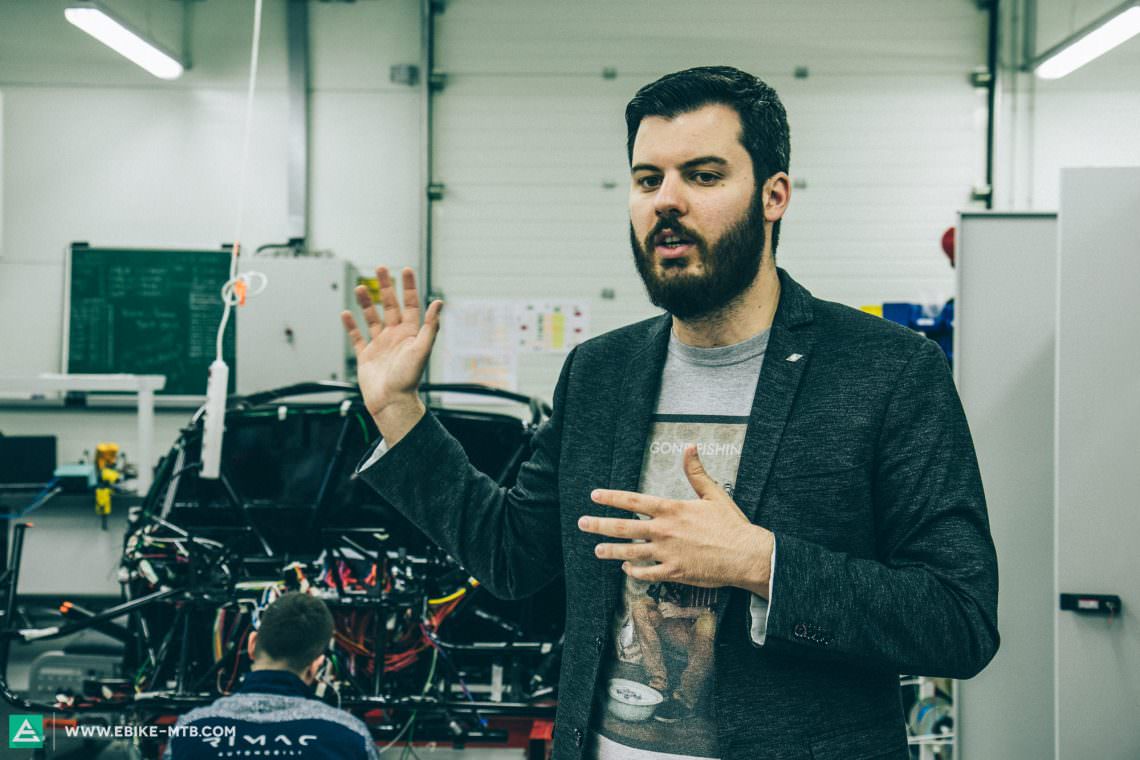
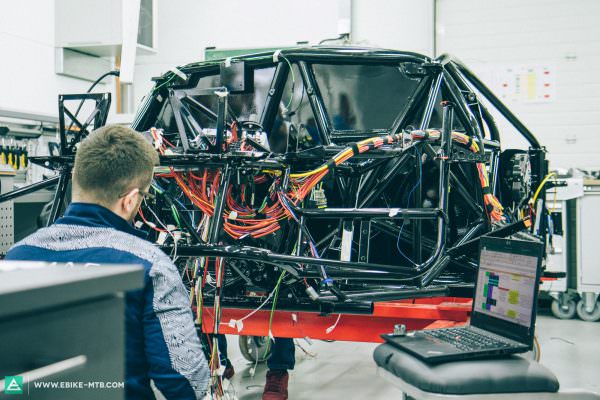
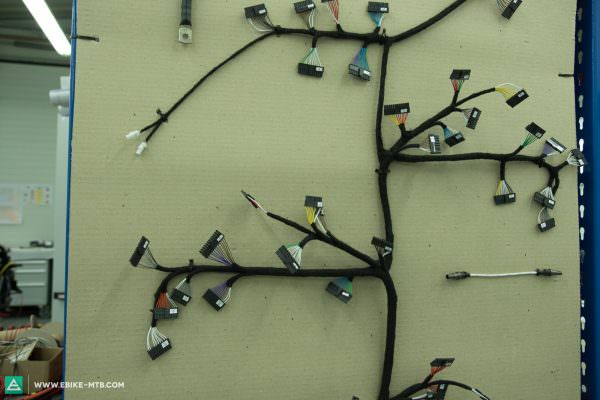
Mate himself is actually an engineer, although he is currently forced to split his time up between meetings with investors, new projects and deals, leaving him little time to do much else – yet he has set very clear and ambitious goals and appears to have a firm grip on his company. “Gone Fishing”, the t-shirt Mate wears beneath his jacket gives an insight into Rimac’s company culture: very professional and structured on the one hand – they do sell supercars worth millions of euros after all. Yet, on the other hand, they’re radical, infringing on conventions without giving much thought to formalities, very open and creative. Once we’ve passed through the sterile environment of the showroom where two of the eight Rimac Concept 1s are displayed, we really begin to feel the company’s start-up flair.



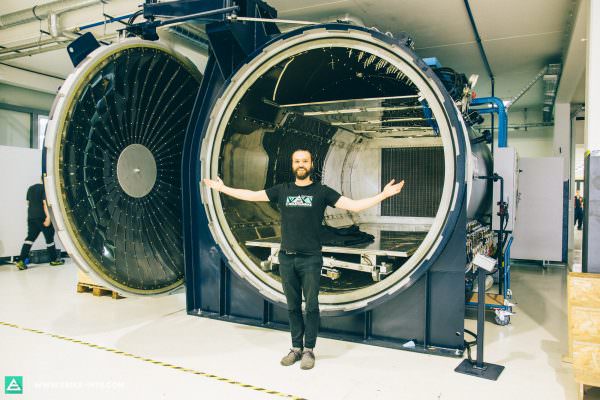
The offices feel like a combination of Silicon Valley, workshop and marvel superhero headquarters. There are dogs barking, skype calls being made and casual meetings being held in every corner. Around 70% of the supercars are developed and assembled in-house. So there’s a sense of pride in the big ovens of the in-house carbon fibre production, the battery construction (although the cells are supplied), and the software development of course.

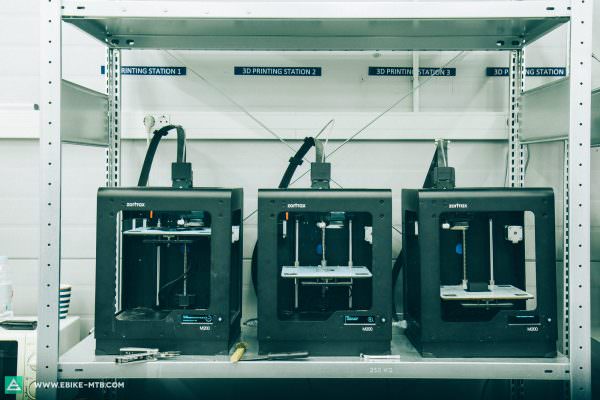
Currently, the Croatian factory is only producing very small batches, but along with the planned campus, they will also have new factories capable of producing 50 Rimac Concept 2’s a year. The Concept 2 is said to have just over 2000 horsepower, with a top speed of over 400 km/h, getting from 0-100 km/h in just under 2 seconds and to 300 km/h in 11.8 seconds.

As mentioned above, Rimac only produces a small number of vehicles, predominantly supplying other brands with their technology, considered one of the best in terms of battery technology and software. 4 out of 5 hypercars on the market today are equipped with Rimac parts. Unfortunately, we weren’t allowed to take photos of the battery production, merely being warned that “be careful here, it’s a little dangerous”. Mate held up the Aston Martin battery pack but he didn’t pass it on: “I can’t give it to you in your hands, it’s high voltage, you have to know where you can touch it”. A few electronics journalists started asking questions and it turned into a heated conversation about laser welding, cooling systems and the C-Rate of different battery packs (it determines how quickly the energy stored in a battery can be taken out of it). Tesla has a C-Rate of 3 to 4C, an ebike has up to 1C and the battery Rimac produces for Koenigsegg has over 120C! The price increases exponentially with the C-Rate and is heavily dependant on the intended use of the battery – the acceleration of a hypercar requires that battery be able to release as much stored energy as quickly as possible.
The individual cells of the batteries don’t get produced in-house, instead, Rimac buys them from suppliers like Samsung or Panasonic. What counts, according to Mate, is how the cells assembled: the packaging, the cooling system, and the software. This is where the Croatian company is class-leading, we’re told. We were yet to see how compact the 700Wh battery on the Greyp was at the official presentation later that night. Once the batteries have been completed they go on into the car assembly line where, besides three Rimac Concept 1 models, we also get to see the Seat Cupra E-Racer with several developers working on it. The problem is that the car wasn’t developed as an electric car from the ground up, being converted into one instead, which has resulted in unnecessary compromises and problems. This is a phenomenon we’ve seen on many an eMTB. Unfortunately, we weren’t allowed to take photos here either.

Towards the end of the tour, we’re led through several open-plan offices with experts from all kinds of fields working on the development of infotainment systems, systems for autonomous driving and electronic motors!
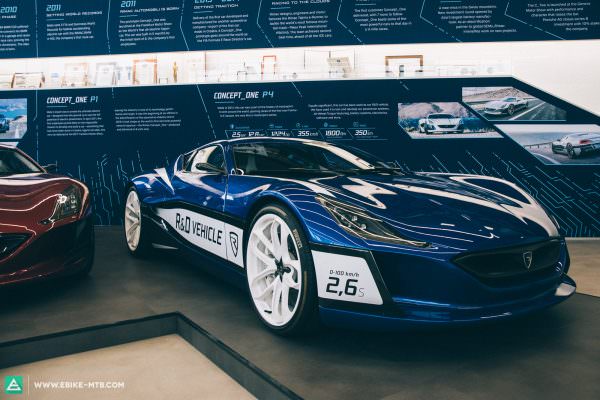

Finishing off, Mate stressed that his business model isn’t to develop exclusive new technologies, but that the investments needed for that kind of development only make sense when supplying the technology to other manufacturers.









